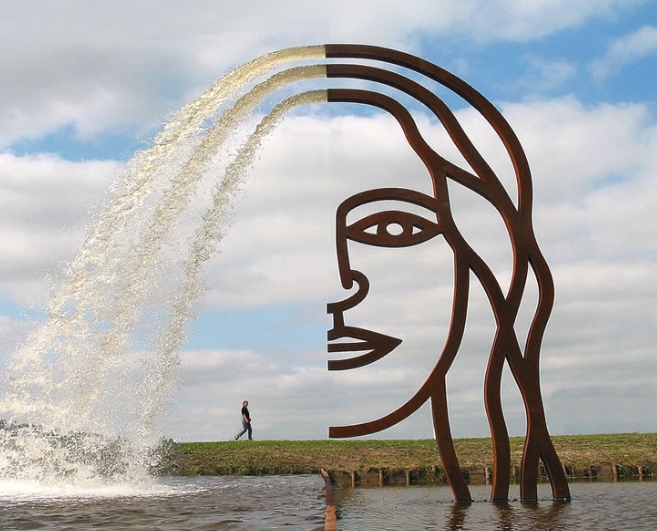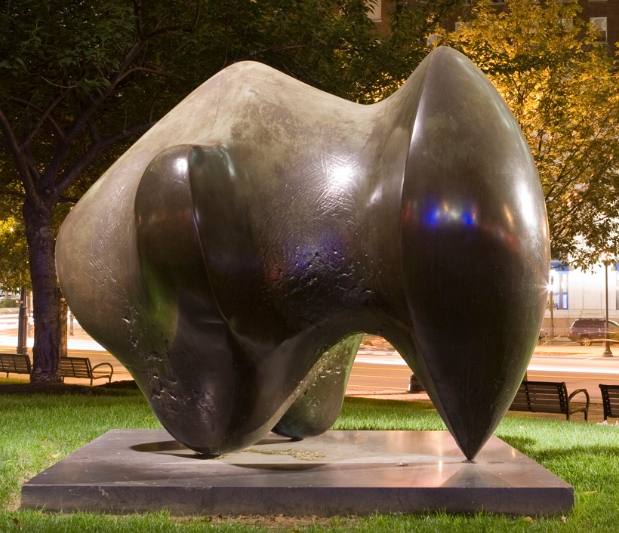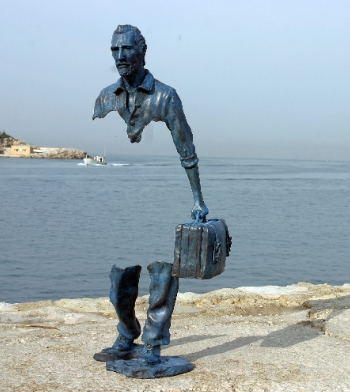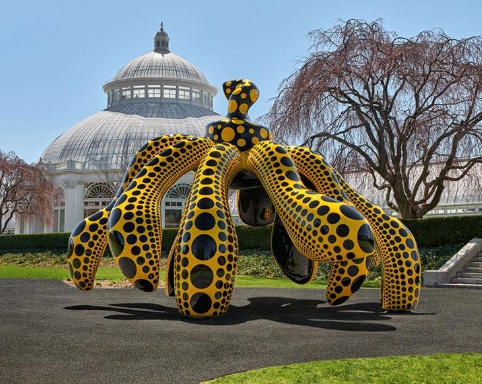When we talk about outdoor space design, we often focus on plant matching, seating arrangement, and path planning, but often ignore the “spiritual space” that really touches people – this is the unique value that Public Art Sculpture can provide.
- The role of public sculpture in outdoor space
Inspire memory and resonance: Sculpture, as a non-verbal expression medium, can arouse people’s perception of society, history, and emotions.
Improve the sense of spatial scale: Reconstruct the visual center of gravity in the open space through the shape and color of the sculpture.
Encourage stopping and interaction: Good sculptures often attract people to stop and take pictures, watch, and meditate, forming a spatial communication node.
- Recommended form and material
Bronze material: durable, solemn, suitable for long-term outdoor placement;
Abstract shape: easy for viewers to interpret their own emotions;
Character sculpture: give space narrative, tell stories or symbolize themes.
- Inspiration: Corporate Head Sculpture
The Corporate Head Sculpture created by Terry Allen is a classic example of public art sculpture. It fixes the posture of an office worker “burying his head in the wall”, which triggers the viewer to reflect on the rhythm of modern life and the mental state of the workplace. Placed in a city square or public lawn, such works instantly enhance the spiritual level of the space. - Suggestions on the location and movement of public sculptures
Install at the intersection of paths or the entrance of the space to improve recognition;
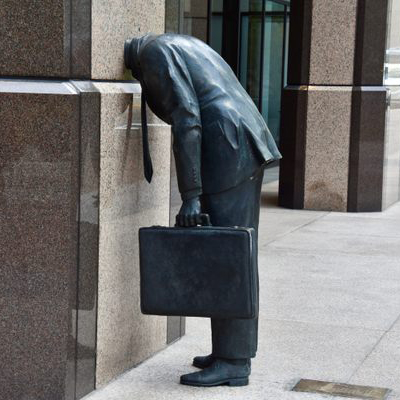
Create a sculpture atmosphere with green plants, light and shadow or water;
Leave enough space for viewers to interact or take photos at close range.
Public sculptures are not just decorations, they are a visual language and a way of public communication. Reasonable planning of public art sculptures can upgrade your outdoor space from “functionality” to “emotionality”, and truly become a place for dialogue between the city and people.
